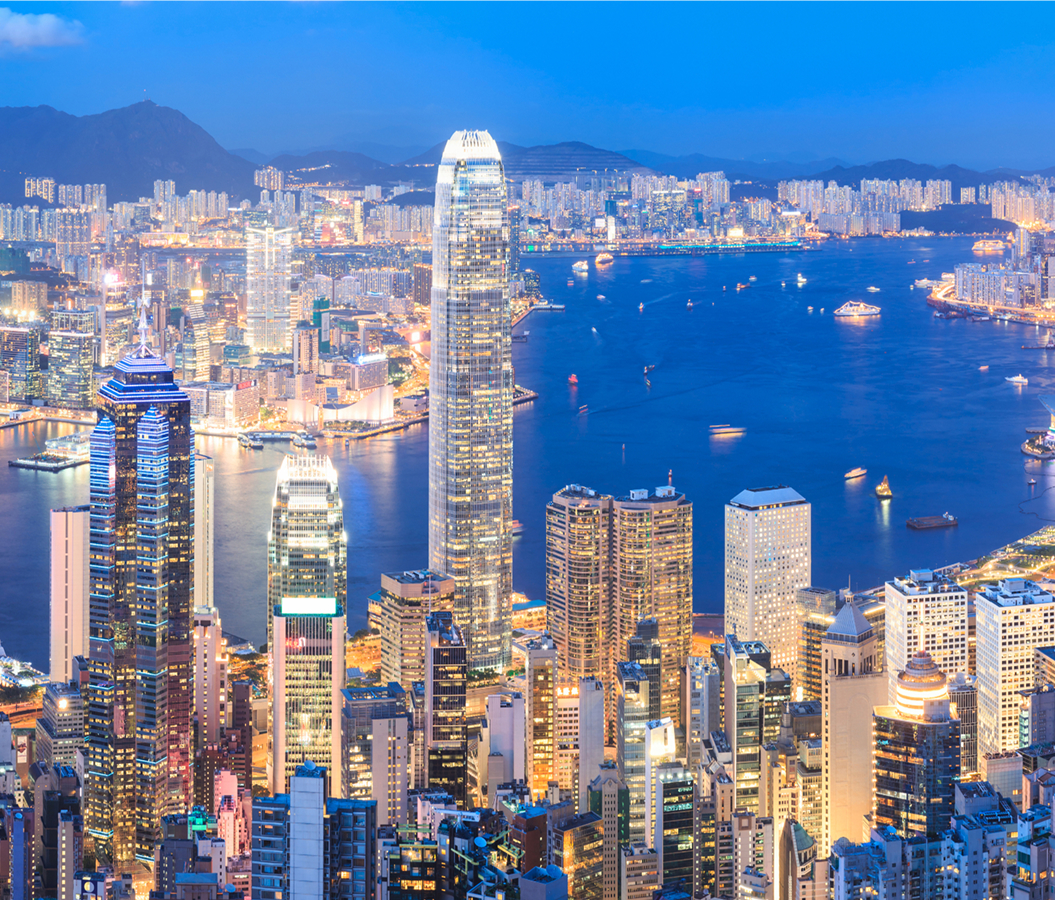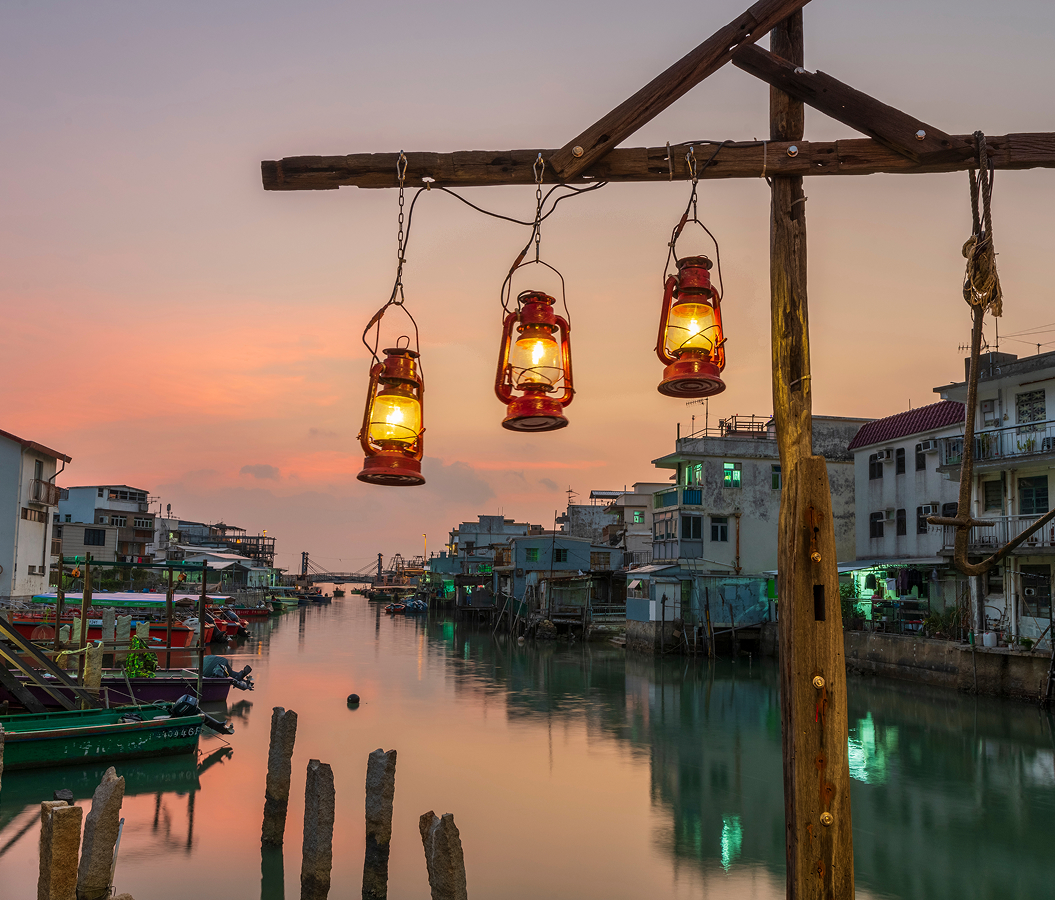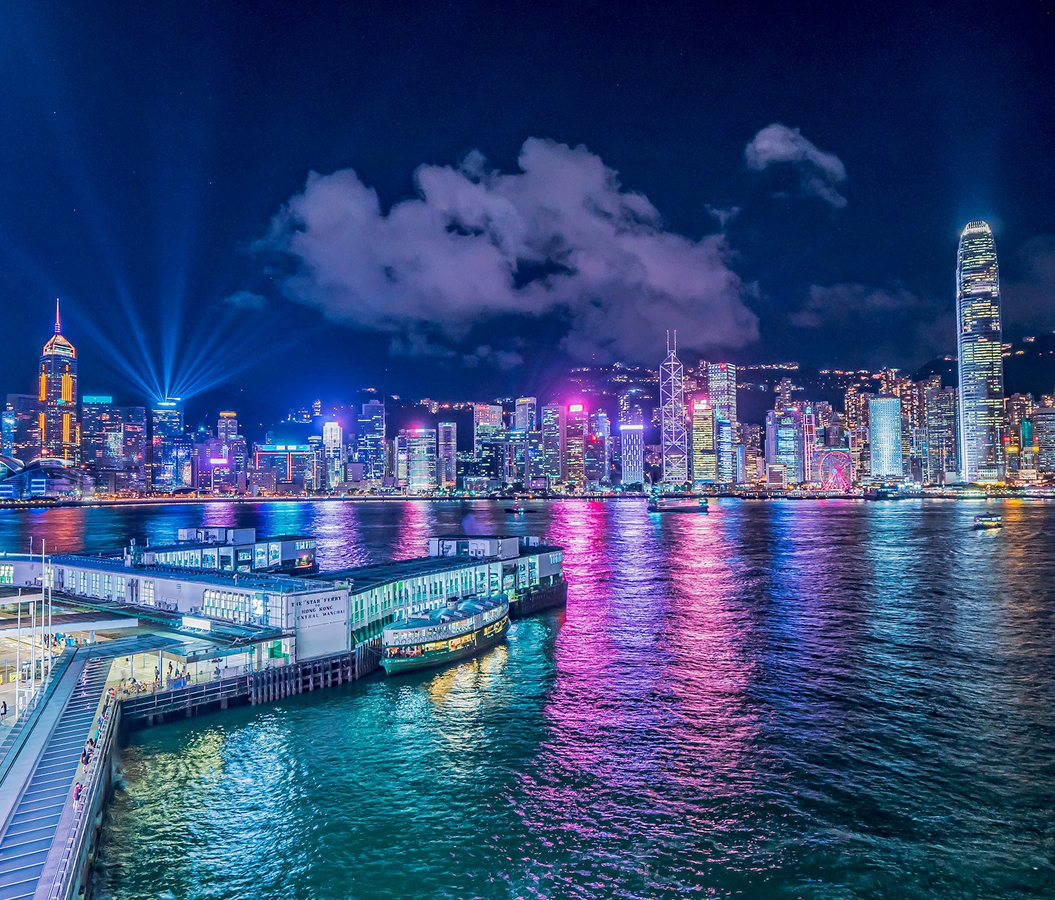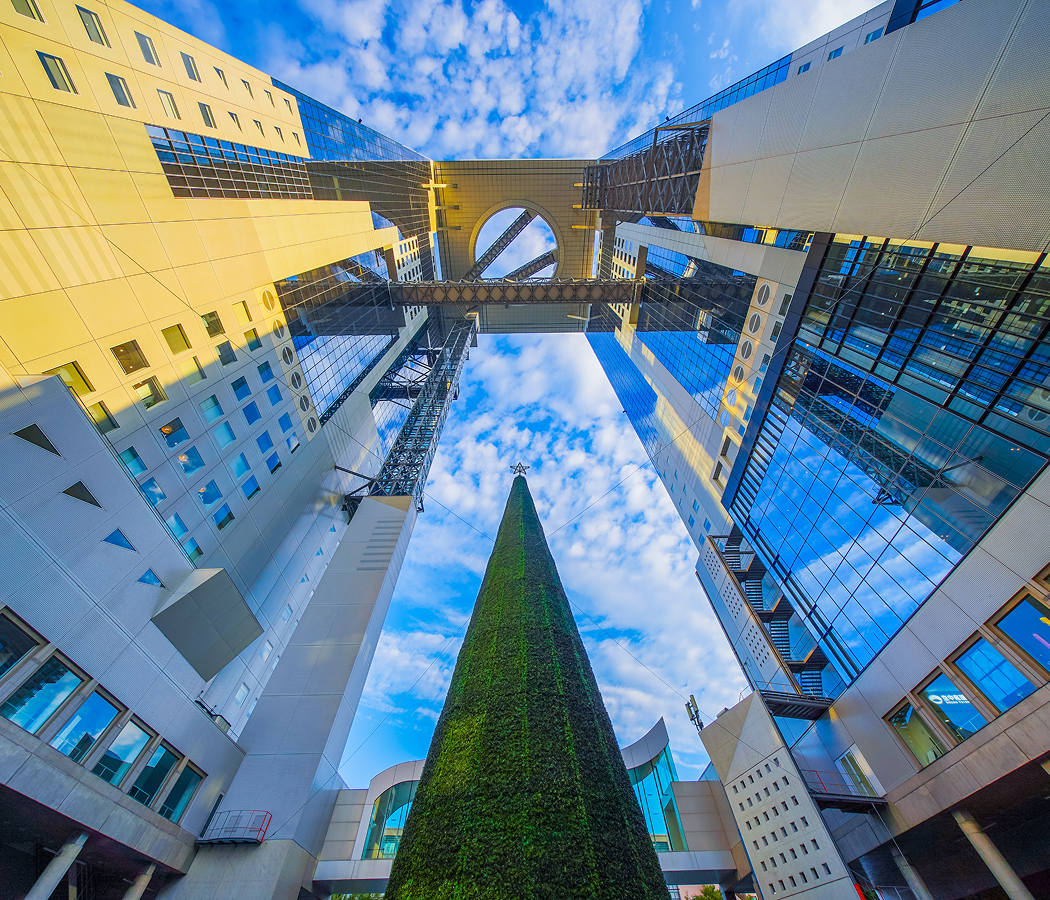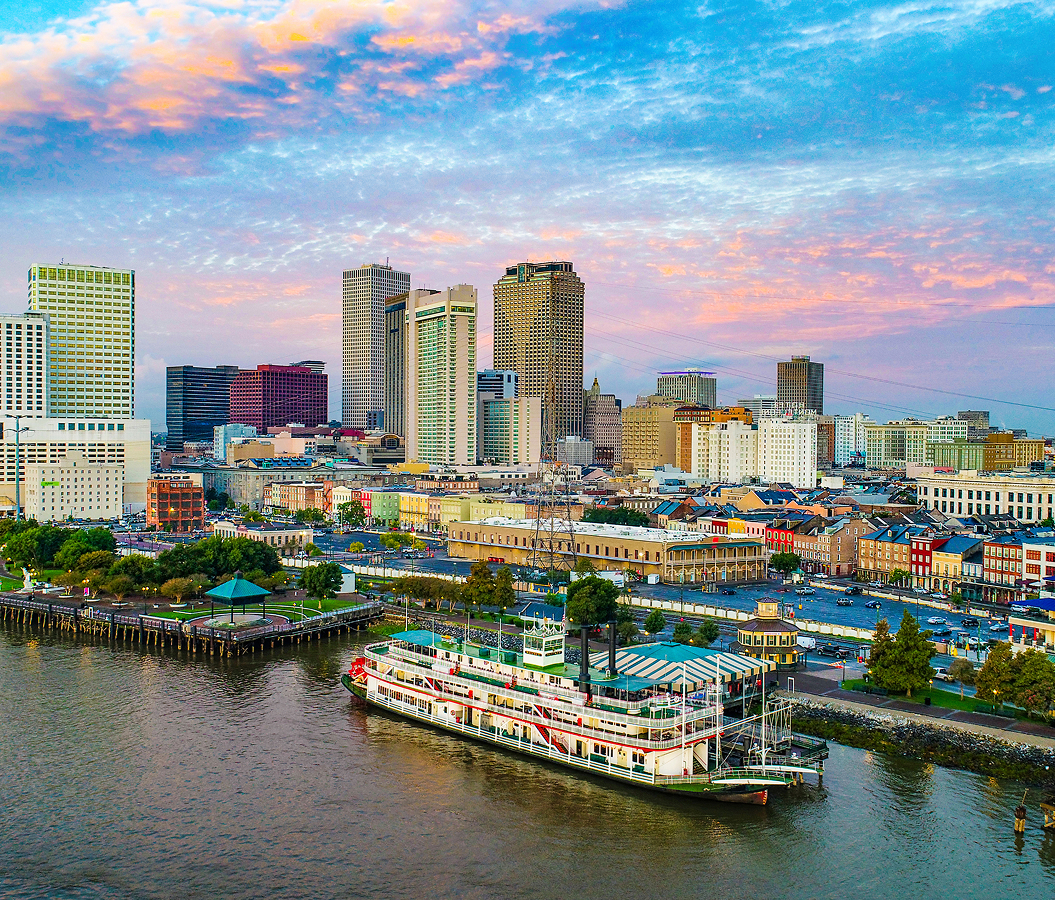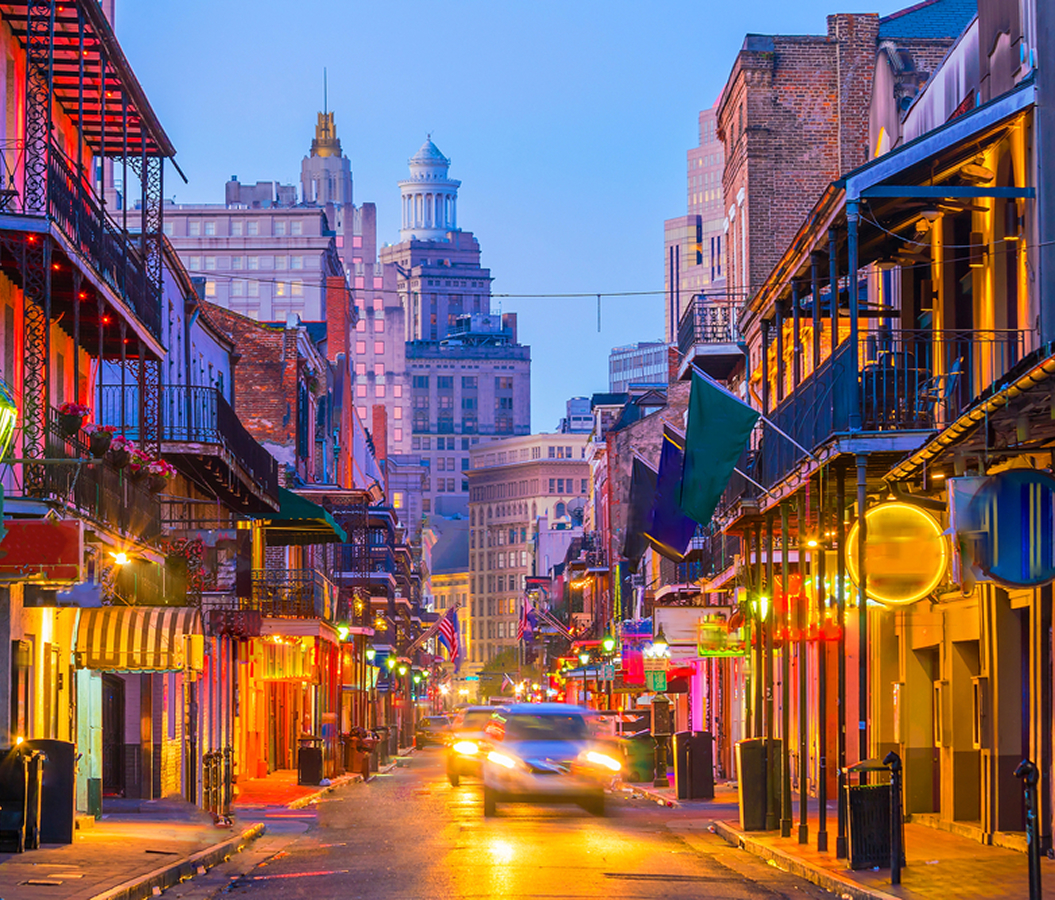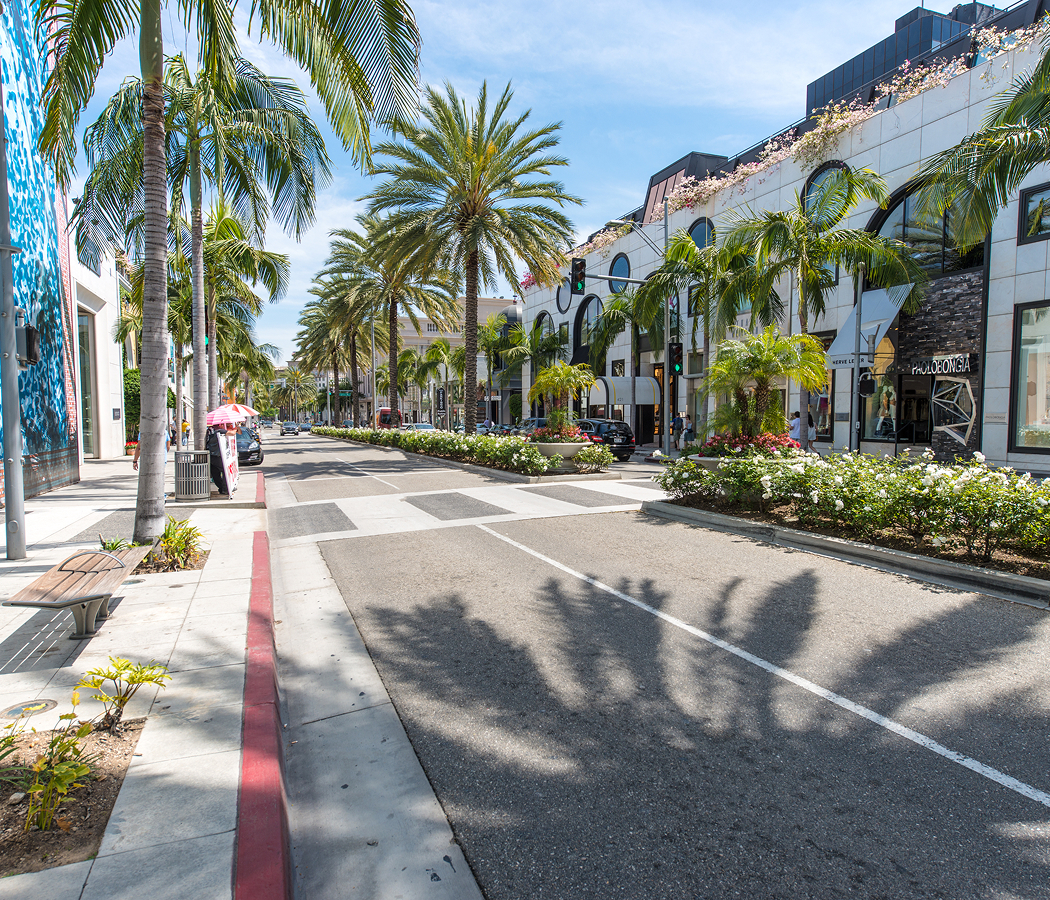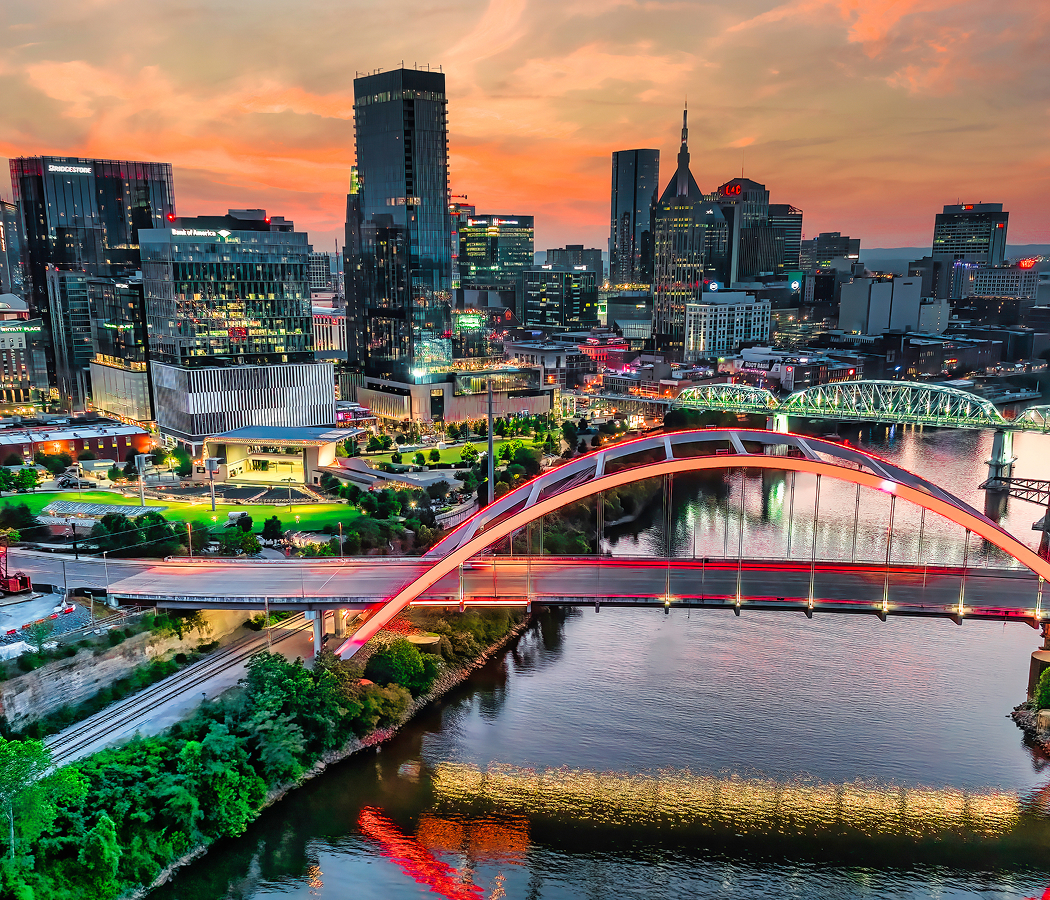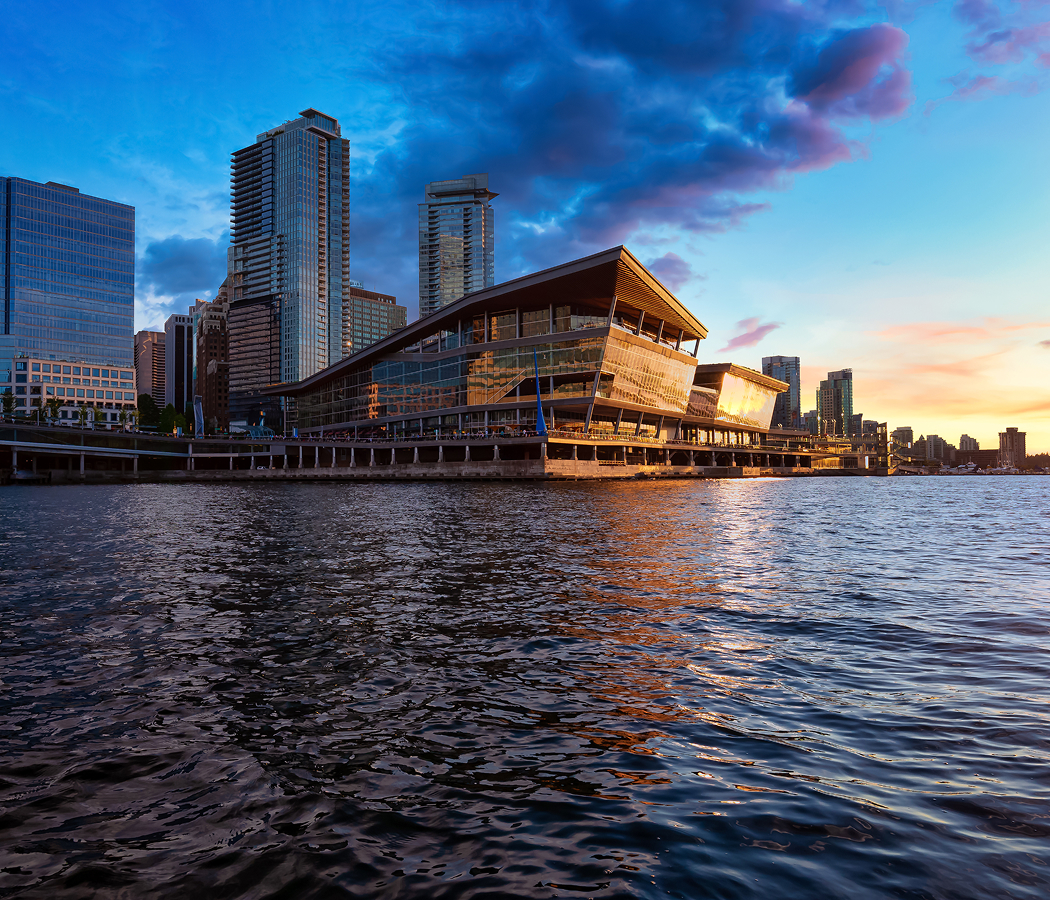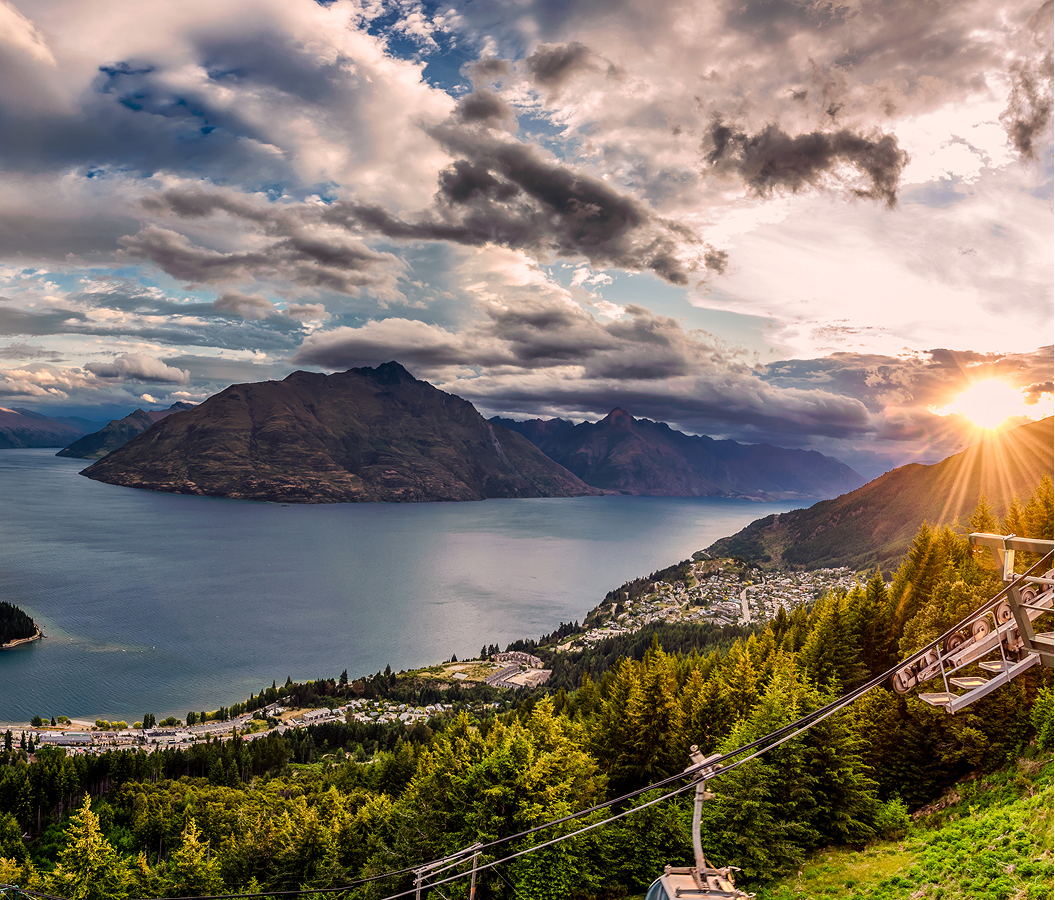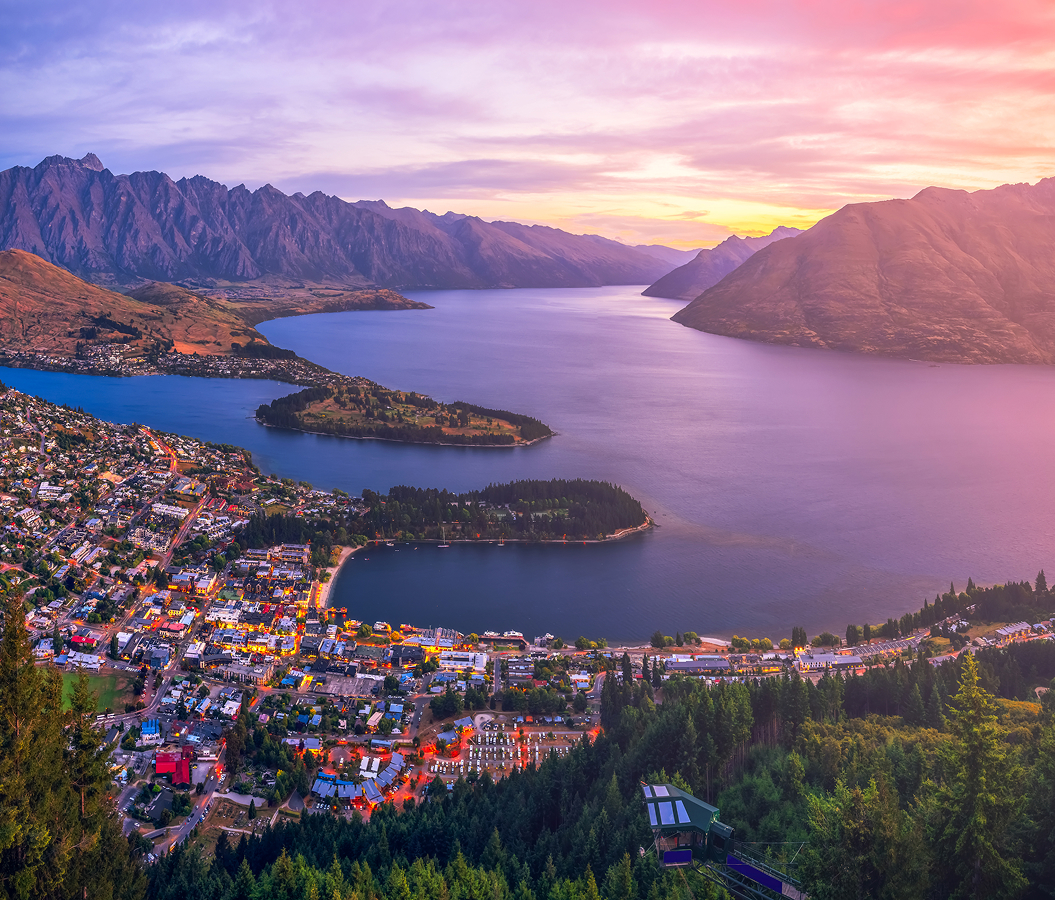
Why you should experience Tian Tan Buddha (The Big Buddha) in Hong Kong.
Tian Tan Buddha in Hong Kong, affectionately known as the Big Buddha, is more than a monument; it’s a moment of stillness suspended between earth and sky.
Perched atop the lush slopes of Lantau Island, this towering bronze figure rises 34 meters high, visible for miles across sea and mountain. As you approach, the air changes, quieter, lighter, reverent. The 268 steps leading to the statue feel almost ceremonial, each one a small act of surrender to the serenity that awaits above. When you reach the summit, the sheer scale of the Buddha is overwhelming: seated in a calm lotus posture, one hand raised in blessing, the other resting on his knee in compassion. His expression seems to radiate through the mist, not stern or distant, but deeply human, exuding peace that transcends language. Around him, six smaller bronze statues known as “The Offering of the Six Devas” present gifts of flowers, incense, and light, symbolizing virtues like patience and wisdom. Below, the South China Sea glimmers like a mirror to heaven, and the rolling peaks of Lantau cradle the site in perpetual calm. Whether you come for faith or curiosity, Tian Tan Buddha has a way of slowing the pulse, of reminding even the busiest traveler that silence can speak louder than words.
What you didn’t know about Tian Tan Buddha.
Though its presence feels eternal, Tian Tan Buddha is a modern marvel, completed only in 1993, yet crafted with ancient reverence.
The statue took 12 years to construct, with 202 bronze panels forming its hollow structure, reinforced by a steel skeleton designed to withstand typhoon winds. It was built to face north, a rare orientation in Buddhist iconography, symbolizing the Buddha’s watchful gaze over the Chinese people. The name “Tian Tan” references Beijing’s Temple of Heaven, reflected in the statue’s circular base, which mirrors the architecture of that sacred site. Inside the base lies a small museum and relic chamber said to hold a fragment of Gautama Buddha’s cremated remains, a sacred link that draws pilgrims from across Asia. Yet Tian Tan Buddha’s deeper meaning lies in its location: adjacent to Po Lin Monastery, one of Hong Kong’s most important Buddhist sanctuaries. Monks from the monastery conceived the idea as a symbol of peace between man and nature, blending traditional craftsmanship with modern engineering. Each detail is intentional, the lotus petals on which the Buddha sits represent purity amid chaos, while the raised right hand dispels fear. The statue’s alignment with the monastery and surrounding peaks forms a spiritual axis, turning Lantau into a living mandala. Few visitors realize that the statue’s bronze panels were cast in China, then transported up the mountain by helicopter, a feat that adds an almost mythical layer to its creation story.
How to fold Tian Tan Buddha into your trip.
Visiting Tian Tan Buddha is a pilgrimage of both body and spirit, best experienced with time, intention, and open heart.
Begin your journey in Tung Chung, where the Ngong Ping 360 cable car offers one of the most breathtaking ascents in Asia. As the gondola glides over emerald valleys and the silver sea, the Buddha’s silhouette slowly emerges through the clouds, a cinematic reveal that sets the tone for what’s ahead. Once you arrive at Ngong Ping Village, resist the urge to rush; the path to the statue weaves through artisan shops and tea houses that offer glimpses into monastic life. Pause at Po Lin Monastery before ascending, its incense-thick air, golden altars, and chanting monks provide the spiritual prelude to the climb. Then begin your ascent up the 268 steps, letting the rhythm of your breath sync with the quiet around you. At the top, take time to circle the statue, each angle frames a new relationship between Buddha, sky, and sea. For the most tranquil experience, visit early morning or late afternoon, when the crowds thin and the light softens into gold. If you linger into dusk, you may hear the faint toll of temple bells carried on the wind, an ethereal reminder that enlightenment, like travel, is a journey inward. As you descend, stop for a vegetarian meal at the monastery, humble, nourishing, and served in the same spirit of compassion that the Buddha embodies. Leaving the site, the statue remains visible in the distance, serene and unchanging, as if watching over every soul who makes the climb. Tian Tan Buddha isn’t just one of Hong Kong’s greatest landmarks; it’s a rare invitation to pause, breathe, and remember what peace feels like.
Hear it from the Foresyte community.
Cable car drops you off like you’re in a movie, then suddenly boom… giant Buddha sitting right there in front of you. Doesn’t even matter if you’re not spiritual, you feel the moment.
Where meaningful travel begins.
Start your journey with Foresyte, where the planning is part of the magic.
Discover the experiences that matter most.

